In the northern part of Tanzania, there is a lake unlike any other in the world. Known as Lake Natron, it may look calm and beautiful from a distance, but up close, it reveals a harsh and almost surreal environment. What makes this lake so famous is its ability to turn dead animals into what appear to be stone statues. These preserved creatures lie along the shoreline, often frozen in lifelike poses. This strange phenomenon has earned the lake worldwide attention from scientists, travelers, and photographers. Lake Natron is not just a geographical location, it is a natural anomaly that challenges what we know about chemistry, biology, and environmental adaptation.
What Makes This Lake So Dangerous?
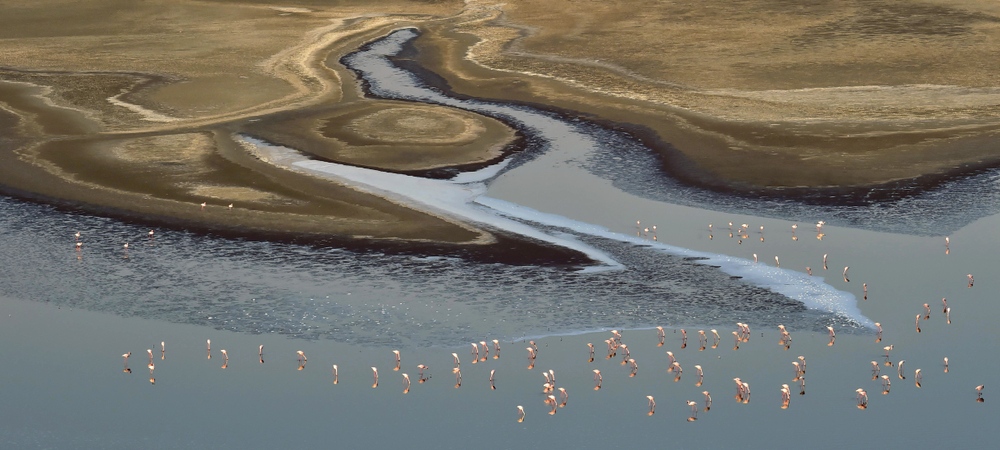
The unique and deadly characteristics of Lake Natron come from its chemical composition. Fed by nearby mineral-rich hot springs, the lake contains high levels of sodium carbonate, also known as natron, which was historically used in Egyptian mummification. With no outlet to drain the water, the lake becomes highly concentrated with alkaline substances as water evaporates. The pH level of Lake Natron can rise to 10.5, making it more caustic than household ammonia. This chemical intensity is what allows the lake to essentially mummify dead animals. Its water can cause burning of skin and eyes in many animals, and contact with the lake can quickly become fatal for species that are not biologically equipped to handle it.
How Animals Turn Into Statues in This Lake
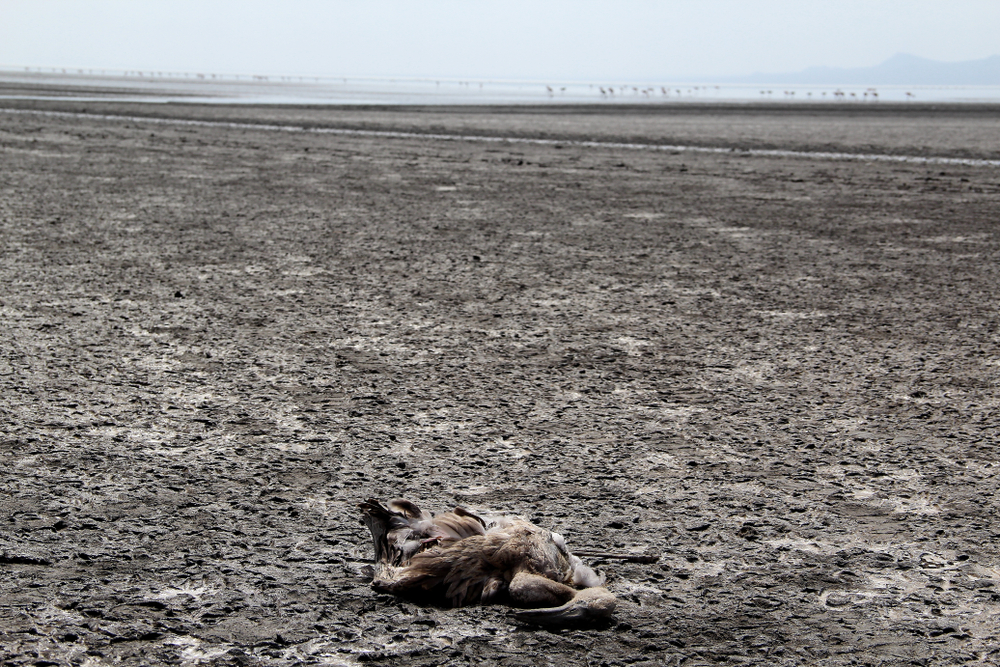
When birds or small mammals land on or fall into the lake, they are often killed by the toxic water or the intense alkalinity. Their bodies, once exposed, begin to calcify almost immediately. The chemical properties of the lake coat them in layers of sodium salts, hardening their appearance and preserving their bodies in near-perfect condition. The result is a visually chilling display of animal remains turned into rigid, statue-like forms. These preserved figures line the banks of the lake and have been famously photographed by wildlife photographer Nick Brandt. His images show these creatures frozen in time, adding to the eerie reputation of Lake Natron as a natural tomb of salt and soda.
Why Animals Still Visit This Hostile Lake
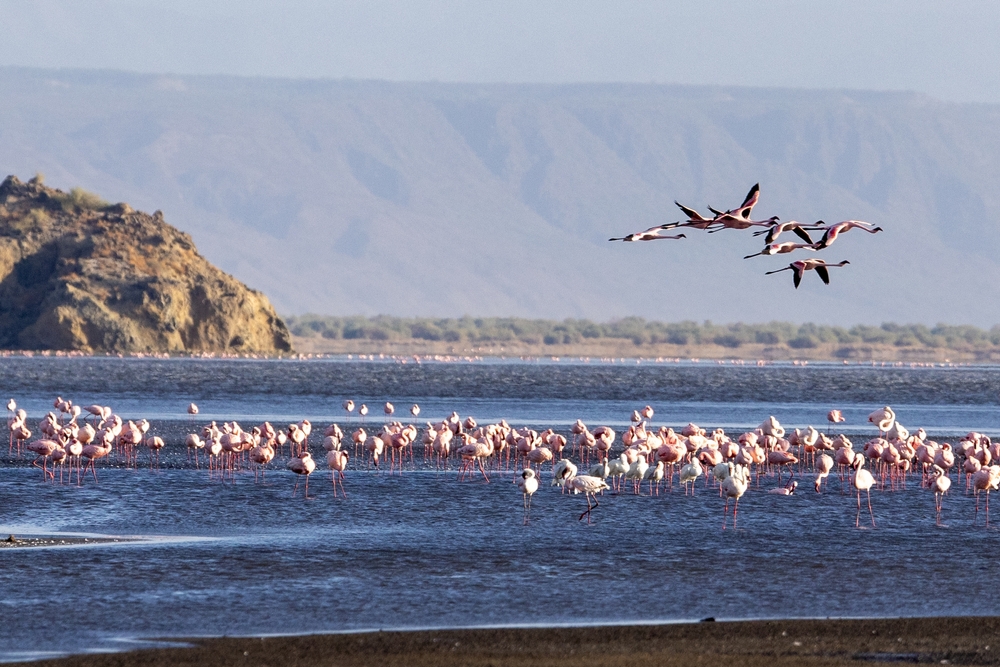
Despite the lake’s dangerous chemistry, it remains an essential part of the local ecosystem. Lake Natron is the only regular breeding ground in East Africa for the lesser flamingo. These birds feed on the cyanobacteria that thrive in the lake’s salty waters, and their feet and legs have adapted to withstand the caustic conditions. While flamingos flourish here, other bird species, insects, and small animals often perish when they come into contact with the lake. The mirror-like surface of the lake can be misleading, tricking animals into mistaking it for a safe body of water. The combination of visual deception and chemical danger explains why so many animals fall victim to the lake despite its reputation.
Read More: 22 Ocean Images That’ll Give You Chills
A Lake of Extreme Temperatures and Harsh Conditions
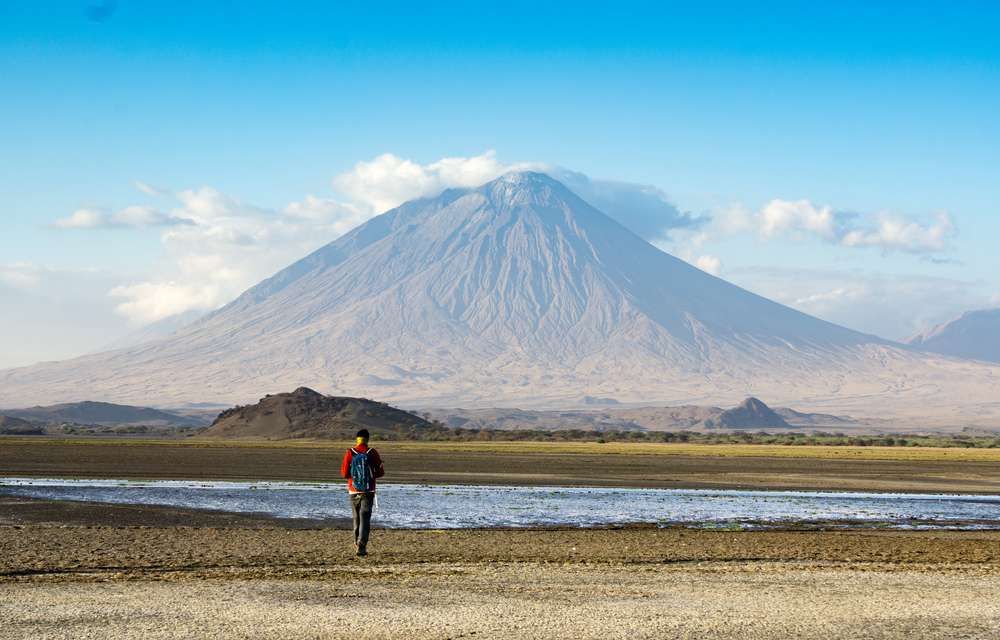
Lake Natron is not only chemically dangerous, it is also physically extreme. Temperatures at the lake can soar to over 60°C (140°F), and the shallow waters heat rapidly under the African sun. These high temperatures contribute to the evaporation process, concentrating the alkaline chemicals in the water. In addition, the lake’s red and orange hues come from microorganisms and salt-loving bacteria that thrive in these extreme conditions. These colors give the lake a vibrant yet unsettling appearance. The water level of the lake can also fluctuate seasonally, creating salt flats that further reflect sunlight and heat. The harsh combination of temperature, chemistry, and sunlight makes Lake Natron a unique but deadly natural environment.
Cultural Significance and Local Beliefs About the Lake

To the communities living near Lake Natron, the lake is more than a scientific curiosity. It holds spiritual and cultural meaning. Some local tribes see it as a sacred place where spirits reside, while others believe the lake is cursed due to its ability to kill and preserve animals. Local folklore includes stories of travelers who dared to cross the lake and never returned. These beliefs reflect a deep respect for the lake’s power and its unpredictable nature. Even without scientific understanding, generations have recognized Lake Natron’s strange and dangerous presence, incorporating it into their myths and traditions. This cultural awareness adds another layer to the lake’s already complex identity.
Environmental Importance and Threats to the Lake
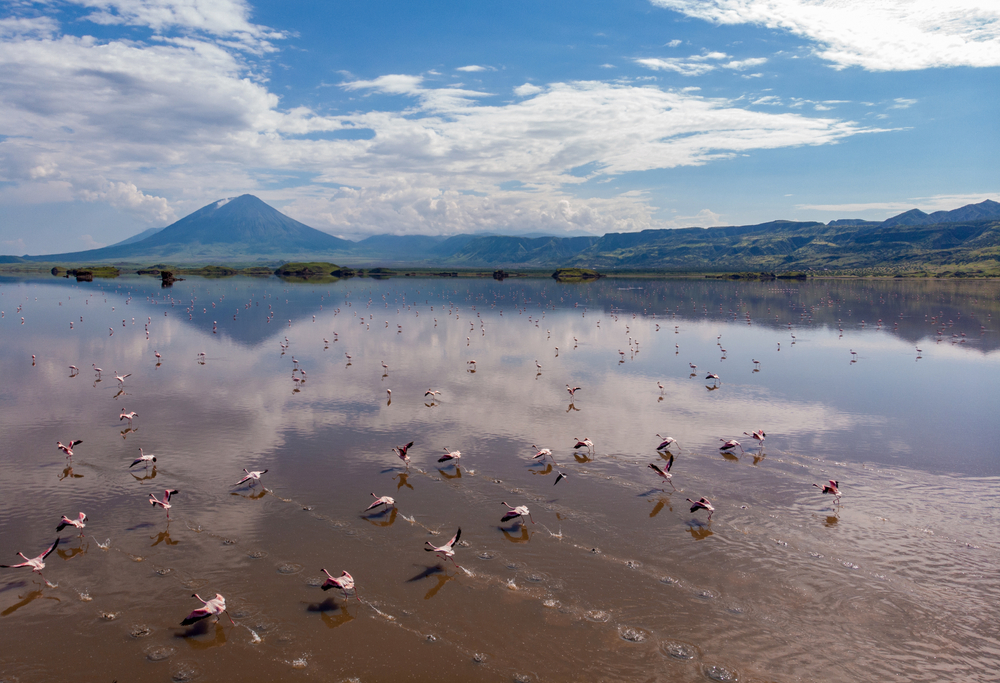
Although it seems uninhabitable, Lake Natron is a critical habitat for several unique species, especially the lesser flamingo. The lake supports over 75 percent of the world’s population of these birds. However, Lake Natron faces environmental threats from potential industrial development. Plans to build a soda ash processing plant nearby raised alarm among conservationists, who warned that altering the lake’s chemistry could collapse the delicate ecosystem. International organizations have urged the Tanzanian government to reconsider such projects, emphasizing the lake’s importance not just for wildlife but for biodiversity studies. Efforts are ongoing to protect Lake Natron from ecological damage and ensure its rare properties are preserved.
Why Scientists Study This Unusual Lake
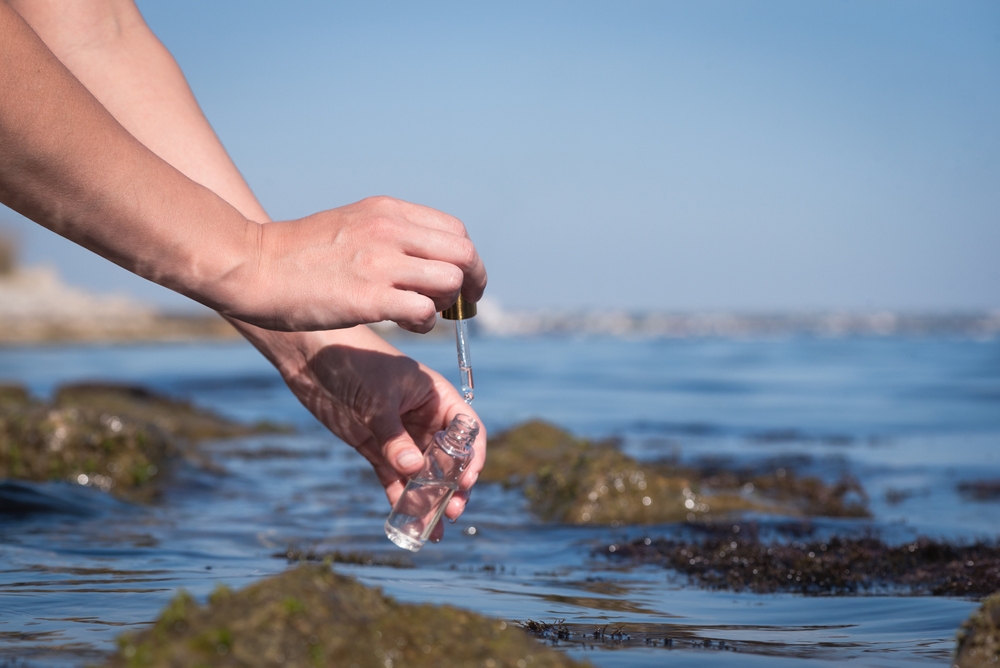
Lake Natron offers scientists a natural laboratory for studying extreme environments. The lake’s high alkalinity, salinity, and temperature create conditions similar to those found on other planets, making it ideal for research in astrobiology. The organisms that survive here, such as extremophiles, provide insight into how life might exist on Mars or in other harsh extraterrestrial environments. Additionally, the lake’s natural preservation process is of interest to researchers in the fields of archaeology and forensic science. Understanding how Lake Natron calcifies tissue can help scientists learn more about mummification, fossilization, and long-term preservation of organic material.
Tourism and Responsible Travel to the Lake
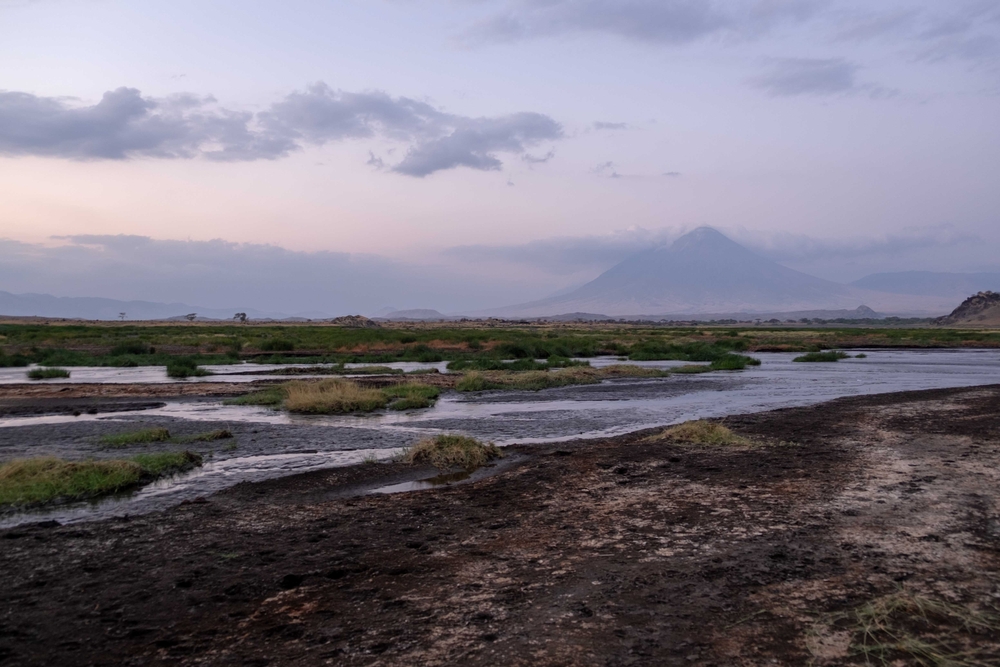
Lake Natron is a growing destination for eco-tourists, photographers, and scientists, but visiting the area requires care and respect. Tourists are drawn by the lake’s eerie beauty, mummified wildlife, and dramatic landscapes. However, visitors should avoid direct contact with the water due to its dangerous chemical makeup. Guided tours led by local experts ensure safety and provide educational value. Supporting local tourism initiatives helps nearby communities benefit economically while protecting the lake. Travelers are encouraged to learn about the lake’s ecosystem and avoid behavior that could harm the fragile environment. Sustainable tourism is essential to preserving the lake for future generations.
Tanzania’s Statue-Making Lake
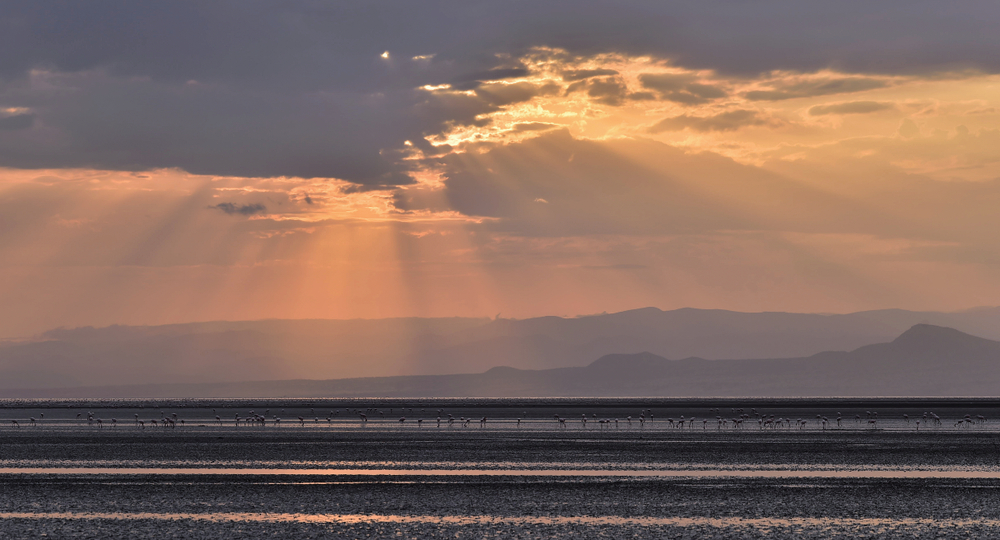
Lake Natron stands as one of the most mysterious and extreme natural wonders on Earth. Its deadly chemistry turns animals into stone-like figures while simultaneously supporting one of the largest flamingo populations in the world. It is both a place of life and death, danger and beauty, science and myth. Understanding the lake’s unique properties gives us insight into biology, chemistry, and environmental science. As the world becomes more aware of such rare ecosystems, it becomes even more important to protect them. Lake Natron is not just a lake, it is a story written in salt, heat, and survival.
Read More: Fossil Found in California May Change Evolutionary History
Disclaimer: This article was created with AI assistance and edited by a human for accuracy and clarity.

